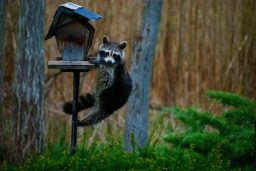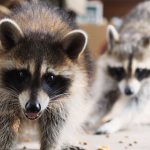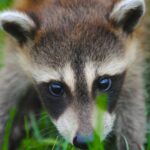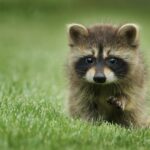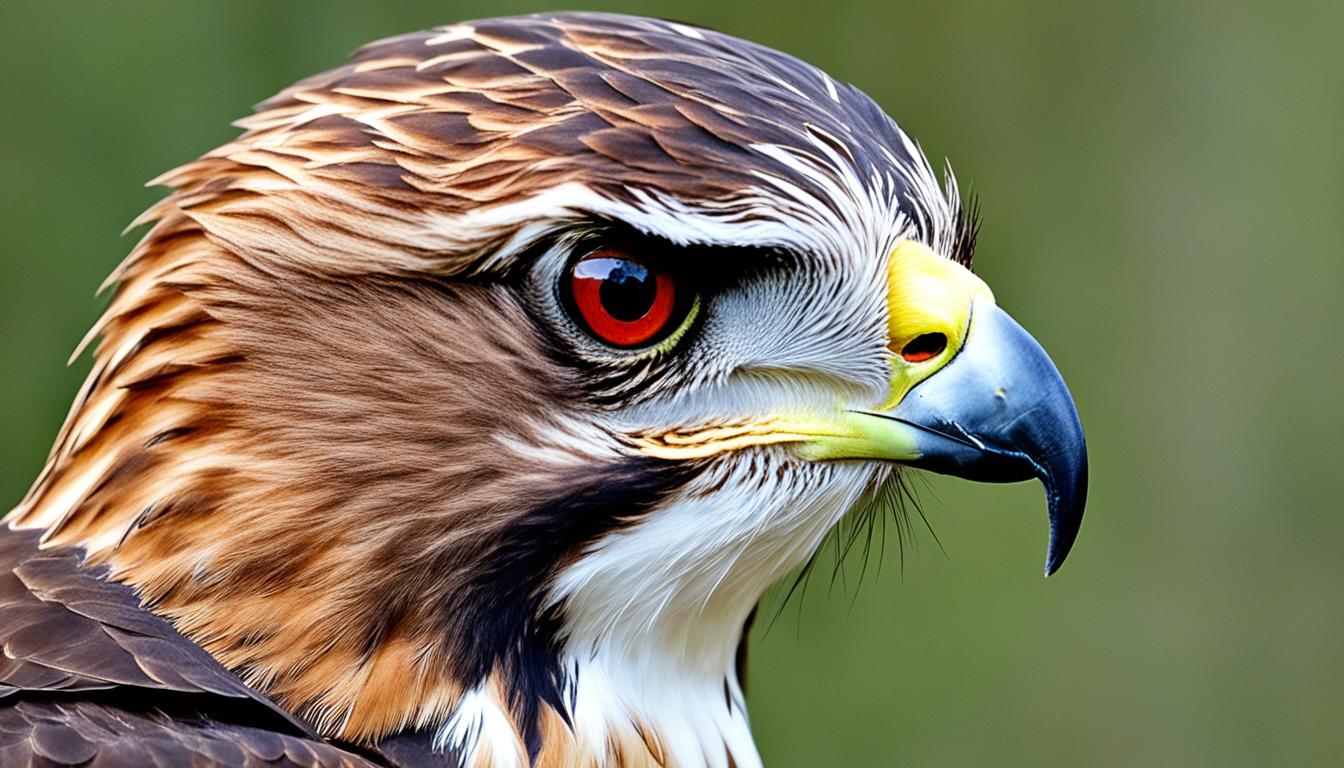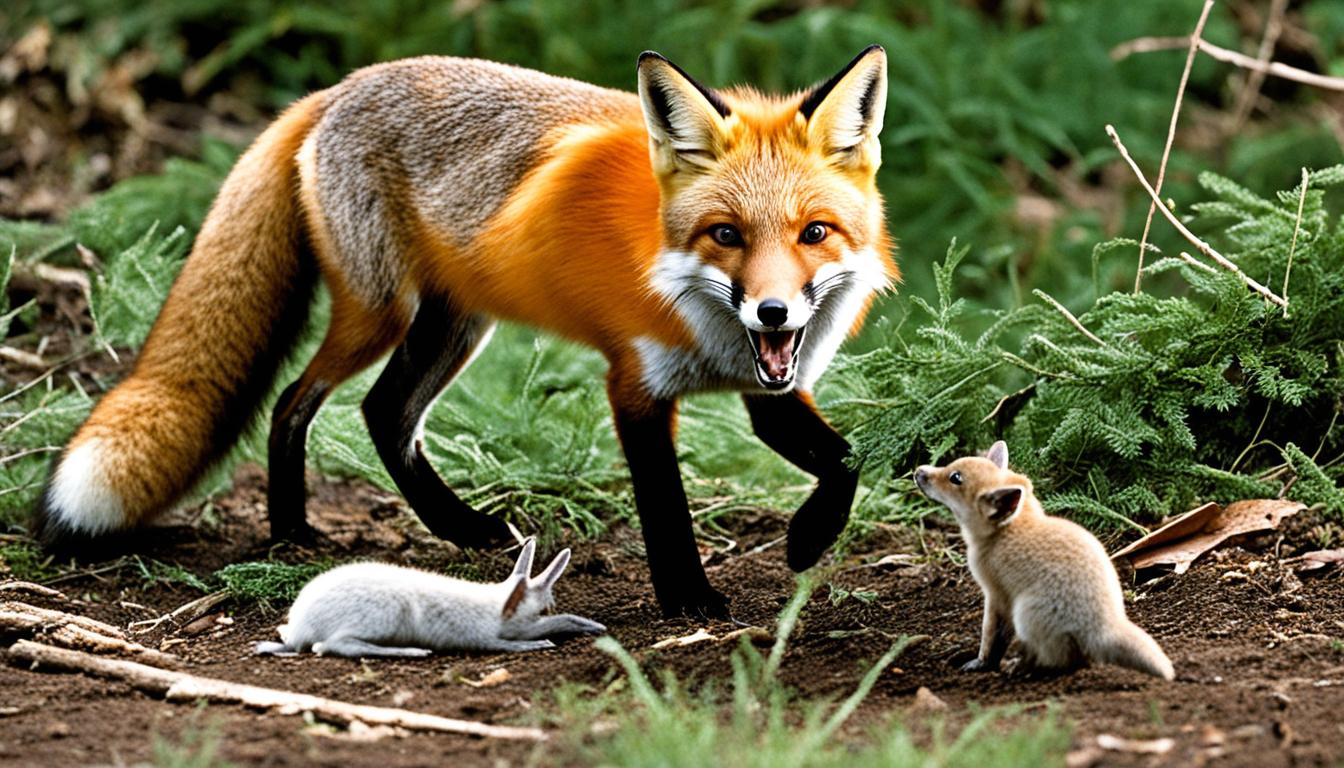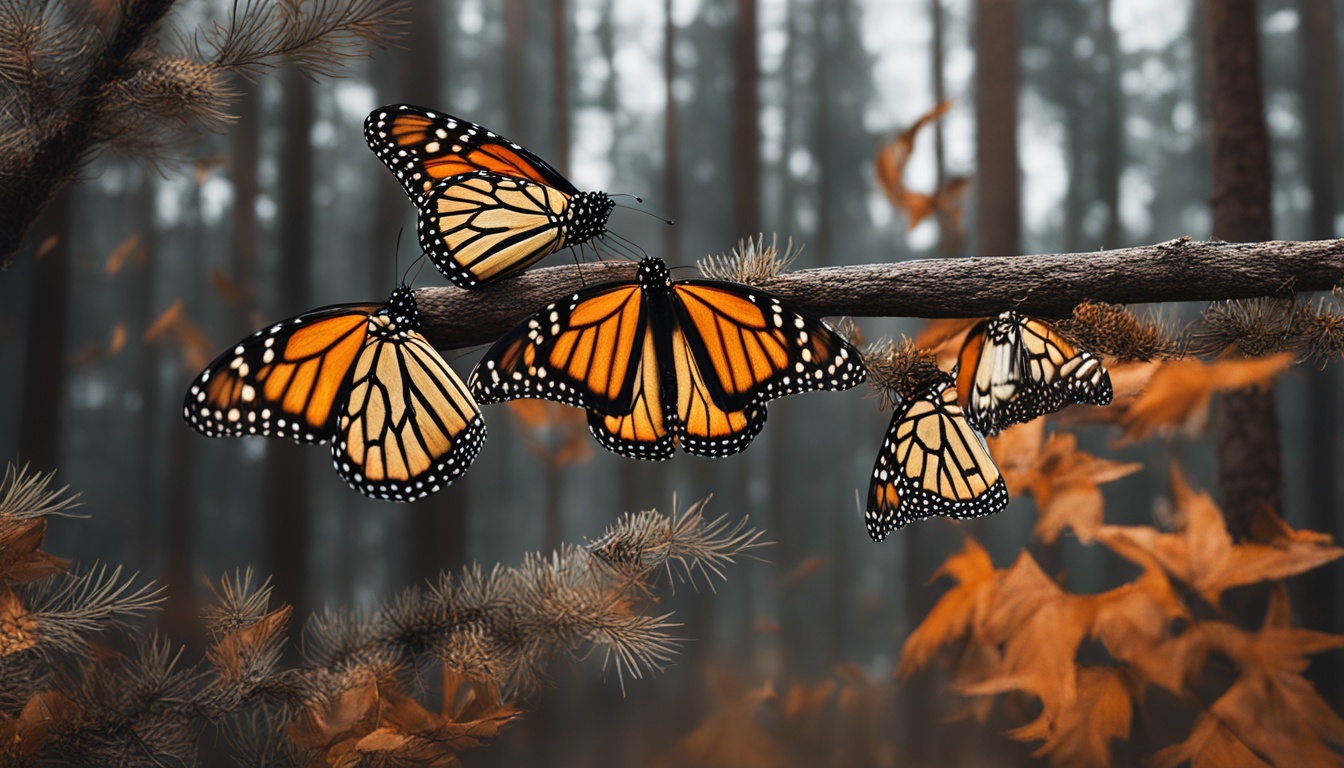No, not all raccoons have rabies. Only 41% of cases of rabies in wildlife are in raccoons.
But if bitten it is best to assume that they have rabies as a safety measure.
When people think of rabies in the United States, they frequently think of raccoons. They often automatically assume that every raccoon is rabid. But is this true? That is actually a tricky question. The simple answer is that not all raccoons are rabid. However, if you are bitten by a raccoon, you should assume that it is rabid, and seek a doctor.
Cases of Rabies in the USA:
Today, 90% of rabies cases occur in wildlife, and 41% of those cases are in raccoons. Other animals that commonly have rabies are skunks, foxes, and bats.
The number of cases varies dramatically depending on the area of the country. Ohio, for example, has few rabies cases because they run an aggressive program to control the virus in wildlife. There is no rabies in Hawaii because they run a strictly controlled process for testing animals coming into the state.
Rabies spreads through the saliva of infected animals. This most often occurs through a bite, but in rare cases, you could catch the virus through scratches or cuts that are exposed to the saliva. You cannot catch rabies if you simply pet an infected animal, or even if you come in contact with its blood, urine, or feces.
If You Are Bitten By a Raccoon:
If you are bitten by a raccoon, you should assume that it is rabid. Remember, only 41% of raccoons are rabid, so it is not a guarantee that you will get rabies. But the risk is high enough that you need to assume it is rabid. If possible, capture the animal, or kill it (as humanely as possible). It will need to have its brain tested for rabies. You should also seek medical attention immediately.
If you are exposed to rabies, you can be treated with a vaccine. This consists of a series of four doses, spread out over two weeks.
Rabies is a serious (and usually deadly) disease. Because such a high percentage of raccoons carry rabies, you should avoid contact with them.
What is Rabies?
Rabies is a viral disease that causes brain inflammation. If not treated, it is likely fatal in humans. Symptoms include fever, confusion, excessive salivation, hallucinations, and ultimately paralysis and coma. You can see similar symptoms in animals that are rabid. It can be a very scary illness.
How to Protect Your Pets from Rabies:
Always keep your pets up to date on their rabies shots. The vaccine is required in many places and can be given by your vet. If an unvaccinated domestic animal is bit by a raccoon, that animal will need to be euthanized immediately. Get the animal to a veterinarian as soon as possible.
Are Raccoons Aggressive?
Raccoons are naturally curious, you will very likely encounter one at some point. Raccoons are not automatically aggressive, but they can be if cornered. It is best to avoid them and try to deter them by securing the lids on your trash cans tightly.
Remember though, raccoons are clever. If you are having a problem, you may need to use a more complicated system to secure them. Bunge cords often work well. If they cannot get in, they will eventually wander elsewhere looking for food.
Which Bird Feeder with Camera is the Safest Option to Prevent Raccoon Intrusion?
When it comes to preventing raccoon intrusion, the best bird feeder camera options are a game-changer. These innovative devices allow you to keep an eye on your feathered friends while deterring unwanted critters. With advanced features like motion sensors and night vision, these bird feeders with cameras offer both safety and entertainment for bird enthusiasts. Say goodbye to raccoon troubles and enjoy the beauty of birds visiting your feeder.
History of Rabies in Racoons:
Raccoons are mammals that are native to North America. They are both highly intelligent and curious. Combined, that often makes them a nuisance to homeowners. Because they are nocturnal, homeowners often wake up to find their garbage cans tipped over (and trash scattered everywhere), and flower gardens were torn up.
Raccoons usually live in wooded areas, and like trees, water sources, and heavy vegetation. They are omnivores. That means they will eat almost anything. Their curiosity often brings them to areas populated by humans, which leads them to the trash.
Before 1950, you were less likely to find a rabid raccoon. However incidents of rabid raccoons started to rise in the southern states (notably Florida and Georgia). A separate strain was present in Virginia and West Virginia. Eventually, the two strains merged.

